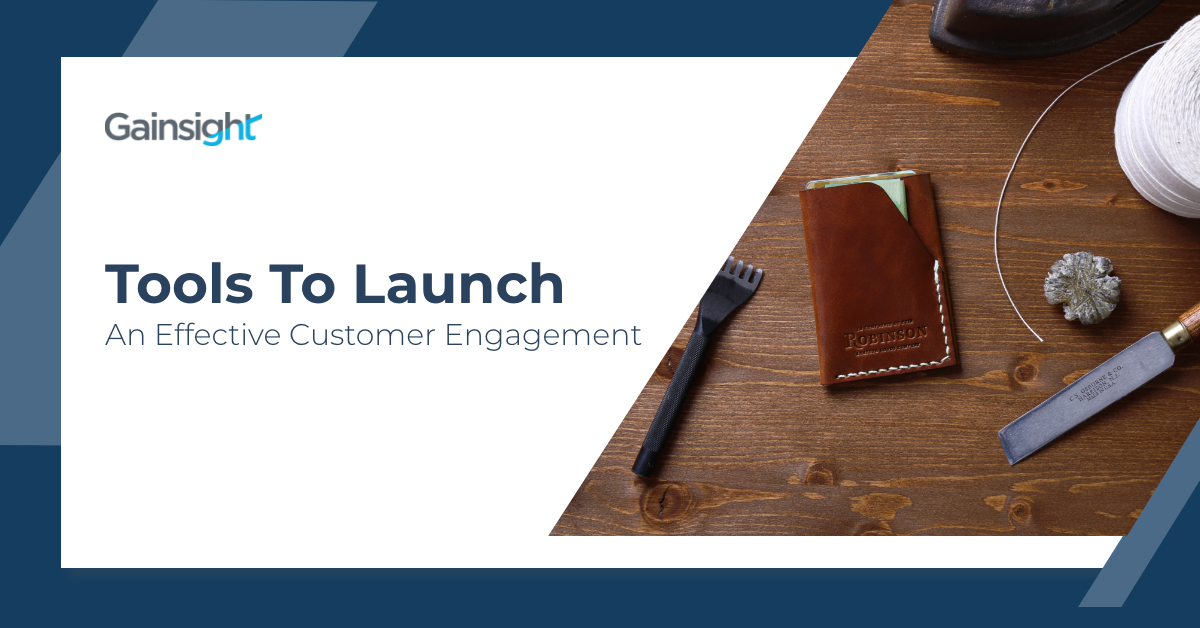“Companies were planning for months and years to do their digital transformation. It happened overnight” – Dr. Christopher Ahlberg, CEO and Co-Founder, Recorded Future.
Since the pandemic has shifted work and school to more home based activities, time spent on the internet, even for recreational activity or daily tasks like shopping, has soared. In fact, the use of most SAAS products has accelerated. According to our internal data, 12% of companies surveyed have seen more than 50% growth, and 50% have seen a meaningful increase in MAU. Upwards of 7% have seen 2x-5x growth in MAU.
However, one downfall of more online activity is that in the event of a negative experience, there is no direct person to person interaction to allow for apologies or instant make goods. So even one negative experience could cause a customer to leave and never return. At scale, this could cost your business its customer retention rate. This means that now, more than ever, is the time for companies to evaluate and optimize customer journeys to keep their customers engaged and happy. This also means companies have to expand beyond customer engagement tactics like email reliant on opt-ins and customer success teams reliant on human bandwidth because those tactics can only reach a subset of the audience that uses a product or service at a given point in time.
The better approach is to interact with customers digitally, during an active session with your product, because you have their attention and are more likely to trigger an immediate reaction. A good customer engagement strategy, or plan to increase customer satisfaction by having more positive interactions with them, is to take an omnichannel approach to customer success. You can communicate with customers through any channel, from in-person to online, to over the phone. A great customer engagement strategy takes customer engagement from reactive to proactive. It should include how your team interacts with customers when they reach out on their own and how your team (or product) actively engages with your customers without them initiating the first contact.
The increase in time spent online engaging with apps and subscriptions means in-product notifications are fundamental to Customer Success. What we dived into during our webinar is that a warm welcome/ in-app onboarding experience, new feature walk-through or carousel, cart abandon message, and survey are just a few examples of the types of in-app interactions that lead to strong engagement and ultimately retention.
It may seem overwhelming to develop and launch these types of experiences. Still, with Gainsight CX, you can quickly launch interactions, like a walk-through or an NPS survey, using turnkey solutions and no additional code. Because Gainsight CX is a customer experience management solution, it combines surveys, journey orchestration, and analytics. For example, Journey Orchestrator allows companies to scale quickly with automated customer journeys. Because it blends analytics and automation, it will enable you to:
- Orchestrate tech touch journeys that engage customers at critical points in their experience
- Capture sentiment when it’s fresh with automated customer journeys triggered by major lifecycle events, and ensure customers receive the right survey at the right time
- Turn happy customers into advocates for your business using prescriptive playbooks
- Address unhappy customers before they become churn risks with sentiment-based alerts
This means you can not only quickly launch experiences at scale, but also constantly monitor and improve them. In fact, the Gainsight CX Center allows easy access to customer insights in a centralized view. This is transformational because you can:
- Identify the issues that matter most to your customers with our Natural Language Processing (powered by IBM Watson)
- Prove the impact of your actions on CX, retention, and revenue growth
- Stop problems at their source with sentiment-based alerts for your entire organization
CX center lets you aggregate customer feedback and signals to identify the root cause and trends around customer issues, while CS gives you access to scorecards so you can proactively address risk with health scorecards informed by your customer data.
To summarize, you can take the steps below to create effective engagement. A combination of Gainsight tools can help you accomplish all of this at scale.
- Define and personalize customer journeys: Know your customers, know how they came to your product, and know their personal preferences so you can customize each journey and make it more relevant.
- Identify points of interaction and their preferences: Knowing how your customers prefer to interact (call, chat, email) helps identify and optimize customer engagement platforms.
- Observe their behavior in real-time: Analytics help better understand and fulfill your customers’ requirements. You can pinpoint patterns and areas of weakness and address them on the fly.
- Observe how many of the engaged users bounced off without taking action: The bounce rate tells you a lot about the health of your customer service and the experience your customer engagement platforms offer.
- Take feedback: Feedback is a gift. Regular NPS and/or CSAT surveys help you understand customers’ expectations. Send a short inquiry to churned customers. Find out what went wrong and make sure they know you have addressed it.
While it may seem overwhelming to develop and launch these types of experiences, Gainsight can offer solutions with fast time to value. Learn more about our engagement solutions through a demo here.
